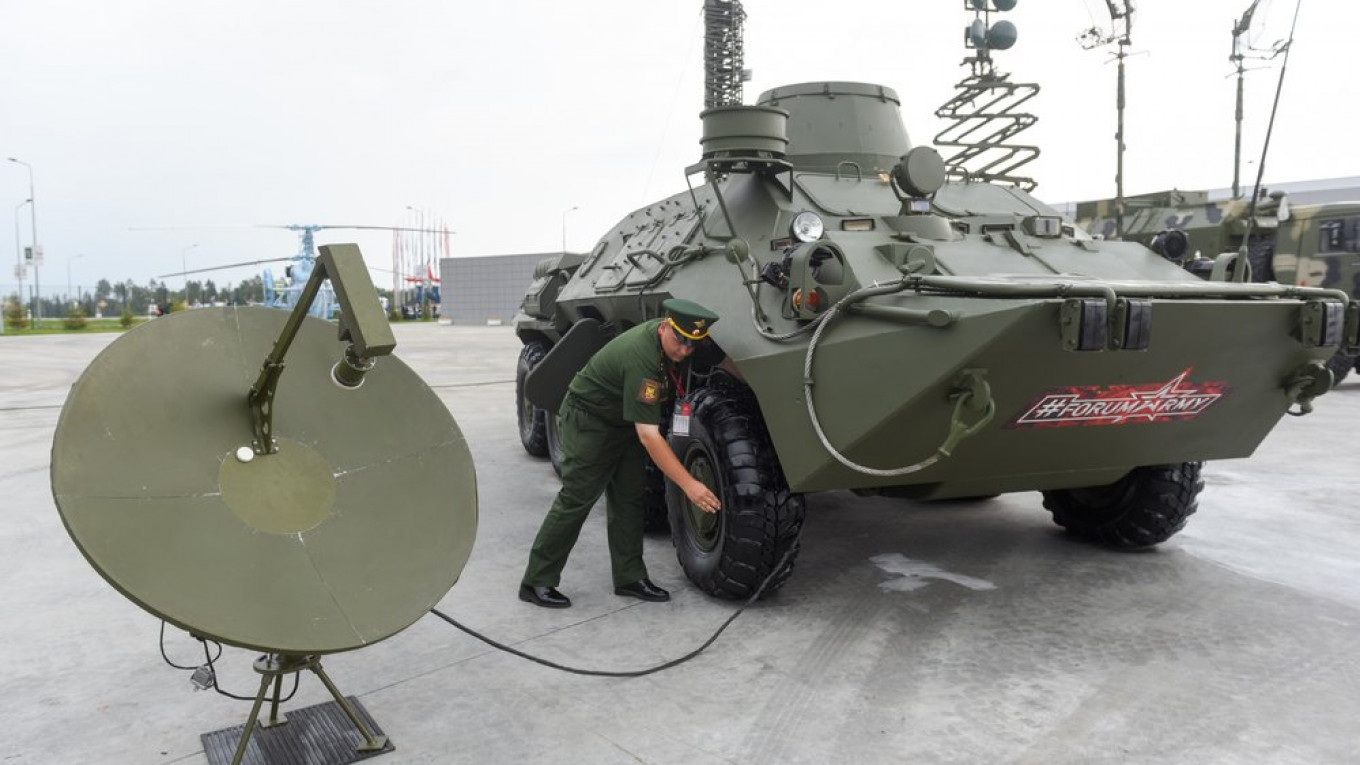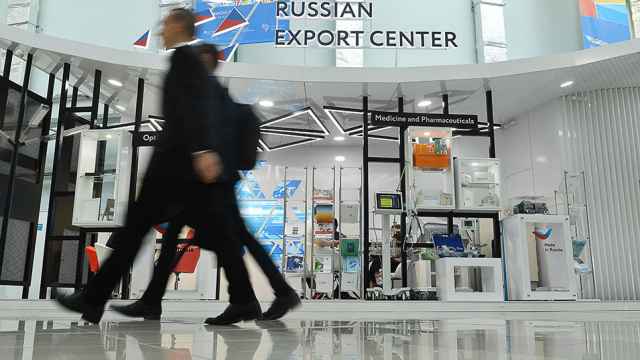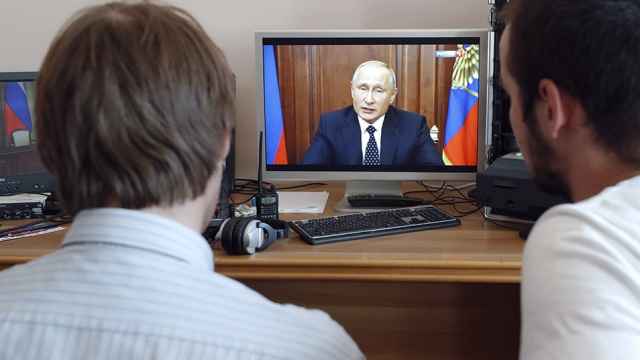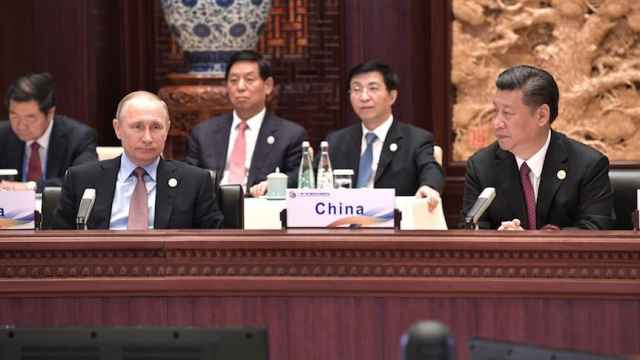Vladimir Putin’s 20-trillion-ruble ($300 billion) weapons-buying binge over the last decade has brought advanced hypersonic warheads and drone submarines. It’s also left the country’s defense industry with a massive hangover of debt that officials now say is suffocating the strategic sector.
The industry “is living from hand to mouth” and doesn’t have enough money to invest in vital new technology, Deputy Prime Minister Yuri Borisov told an industry conference earlier this month. “We’ve appealed to the president to clean up this loan portfolio,” which he said totals more than 2 trillion rubles, costing as much in annual payments as the entire industry earns in profits.
Much of the bad debt dates back years and won’t ever be repaid, according to officials and industry analysts, resulting from management mistakes and inefficiency at the mainly state-run companies that produce Russia’s weapons. After the Kremlin trimmed spending in 2017-18 — squeezed by falling prices for oil, Russia’s main export, among other factors — the industry’s problems have become more acute.
“This time bomb is now going off,” said Konstantin Makienko, deputy chief of the Center for Analysis of Strategies and Technologies, a Moscow consultant to the defense industry.
At the core of the problem is the way Russia funds its big weapons budget. The government doesn’t release the funds for new systems until they’re completed, forcing producers to borrow from commercial banks — usually under government guarantee — to cover costs before then. But the rates on those loans average about 10% a year, according to government data, leaving the companies with huge debt costs.
“It will get harder to service these loans as government spending on new purchases is declining a bit,” said Anton Danilov-Danilyan, chief analyst at Oboronprom, one of the largest state defense companies.
He blames management mistakes for the mess. “Some overestimated themselves, others set contract prices too low or return rates turned out to be negative,” he said. “Some miscalculated what it would cost to take systems to factory production.”
Adding to the problems lately are delays in payments on export orders caused by fears of U.S. sanctions on buyers of Russian weapons.
Debt write-off
So far, the government plans to write off about 200 billion rubles of the most hopeless loans as they’re transferred to a special state-run bank designated to handle the sprawling military industry. Finance Ministry officials last week rejected Borisov’s calls for the 600 billion-700 billion rubles in relief he said was needed to allow the industry to function normally, however. The biggest lenders to the industry are state-controlled giants Sberbank PJSC and VTB Bank PJSC, according to analysts.
In 2016, the government spent about 800 billion rubles to clear up some of the industry’s debts, leading to a spike in defense spending that year.
This time, the Finance Ministry is taking a hard line. “The loans were provided by commercial banks without the participation of the government, so the question of writing them off isn’t on the agenda,” Finance Minister Anton Siluanov said.
A Message from The Moscow Times:
Dear readers,
We are facing unprecedented challenges. Russia's Prosecutor General's Office has designated The Moscow Times as an "undesirable" organization, criminalizing our work and putting our staff at risk of prosecution. This follows our earlier unjust labeling as a "foreign agent."
These actions are direct attempts to silence independent journalism in Russia. The authorities claim our work "discredits the decisions of the Russian leadership." We see things differently: we strive to provide accurate, unbiased reporting on Russia.
We, the journalists of The Moscow Times, refuse to be silenced. But to continue our work, we need your help.
Your support, no matter how small, makes a world of difference. If you can, please support us monthly starting from just $2. It's quick to set up, and every contribution makes a significant impact.
By supporting The Moscow Times, you're defending open, independent journalism in the face of repression. Thank you for standing with us.
Remind me later.






